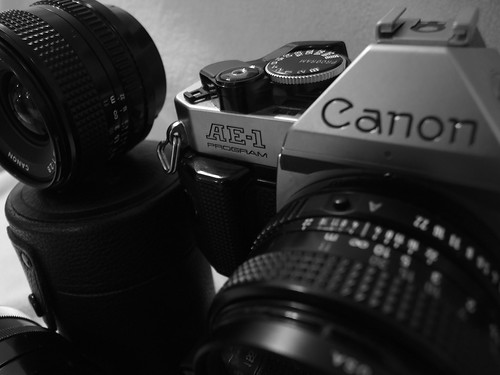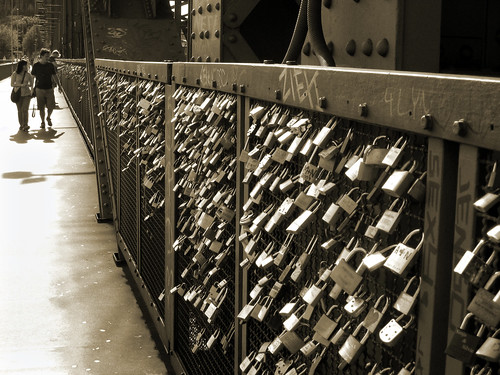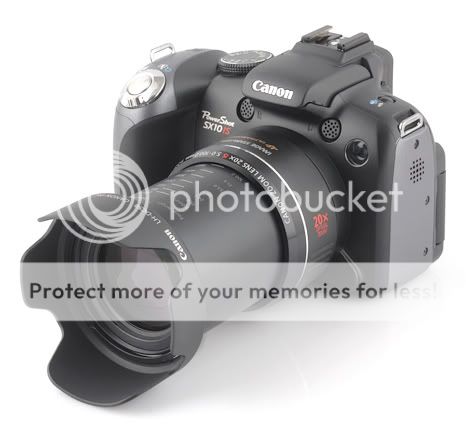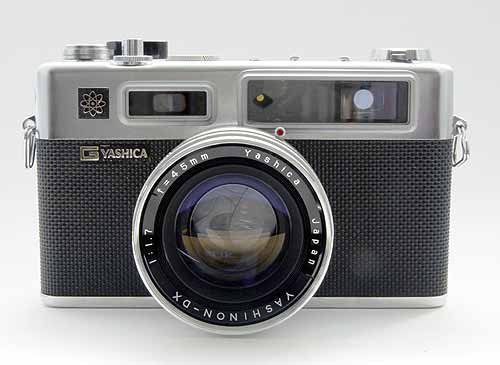 I own the first consumer-model autofocus SLR produced by Nikon in 1986, the N2020 (thanks, Dad!). Apart from a chunkier lens, the camera could pass for any 80s-era Nikon MF camera. The AF is somewhat slow and loud, but it works well enough. I've taken some great photos with it, including a few that are priceless.
I own the first consumer-model autofocus SLR produced by Nikon in 1986, the N2020 (thanks, Dad!). Apart from a chunkier lens, the camera could pass for any 80s-era Nikon MF camera. The AF is somewhat slow and loud, but it works well enough. I've taken some great photos with it, including a few that are priceless.In fact, I even have photos of me taking photos with it. And photos of my dad trying to teach (a younger and larger) me how to take photos with it.

Here I am at Yellowstone's Grand Canyon, trying to figure out how to run my fancy Nikon.
I always wanted a Nikon as a kid, thanks to an enthusiast father, and that N2020 was great. So when I decided to invest in an SLR system about seven years ago, I was torn between Nikon and Canon. Nikon had that irresistible caché, but Canon won me over, for two reasons.
First, at the bottom end of their product line, I felt that Canon simply gave me more value for money, while at the top end, both companies make superlative gear. This has long been the case, though Nikon has now largely closed that gap in their DLSRs. But in digital compacts, Canon consistently makes market-leading cameras while Nikon runs middle of the pack. Nikon has always prioritized pro gear over consumer products. They've earned their reputation among pros. But I don't buy pro gear.
More importantly, Canon's autofocus EF lenses were from the beginning much better than their Nikon autofocus counterparts. As mentioned, Nikon chose to go with in-body autofocus to retain basic compatibility with their F-series manual focus lenses. In-body AF is inherently inferior to in-lens AF like Canon's. This fact has forced Nikon to introduce lenses with Canon-like in-lens focusing motors (AF-S), but they sell for a premium. And the fact that in-body autofocus makes cameras more expensive means that Nikon has started abandoning it altogether with some lower-priced DSLRs, forcing users to buy pricey AF-S lenses for them anyway.
All this has contributed to the bewildering proliferation of Nikon lens styles and standards. In the mean time, all Canon EF lenses work the same on all EOS cameras. They have a couple of flavors, but they're straightforward. Even Canon's most basic lenses are fast and quiet, but their USM lens are amazingly so. Even better, most USM lenses allow full-time manual focus without having to disengage the AF. For me, that is a big deal. Auto focus, manually adjust if needed, and click.
Canon's design and strategy won them over a lot of pros from Nikon, especially where fast focusing cameras were essential, like sports photography. All those white lenses you see at sporting events are Canon's big glass.

A sea of giant Canon L-series lenses. Every kit here cost $10k on up.
Canon kept up the heat when it entered the DSLR race with superb CMOS sensors and the first full-frame (35mm) sensors. But Nikon has certainly kept competitive and shows signs of becoming even more so.
But both Nikon and Canon enthusiasts, Nikonians and Canonistas, have good reason to be devoted to their equipment. Both companies make superb DSLR cameras and lenses. Right now, if I were starting over, I don't know that I would necessarily go Canon, but not because I'm in any way dissatisfied. I might be tempted away from Canon by pure vanity. I mean, Nikon is Nikon.















